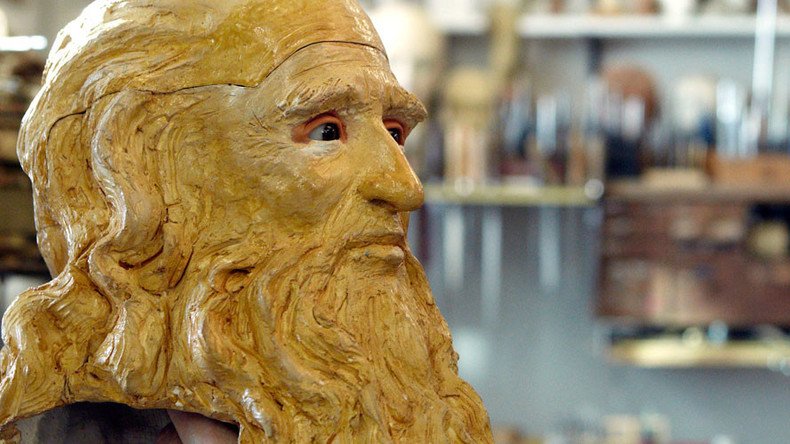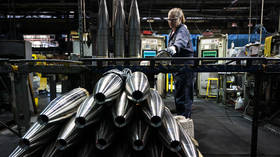The Da Vinci DNA code: Scientists to restore Leonardo's face with genetic material from his drawings

A group of international scientists have announced their plans to trace the DNA of Leonardo da Vinci in an attempt to reconstruct the face of the world famous Renaissance’s artist and unveil a number of mysteries still surrounding him.
The ambitious “Leonardo Project,” involving all kinds of scientists from geneticists to art historians and prominent personalities such as Bill Gates and the Britain’s Queen Elizabeth II, who possess some of his sketches, aims at getting a closer, more scientific-based look at the Italian genius’s lifestyle, diet and, most importantly, his face – by using the genetic material retrieved from his paintings and notebooks.
“This is a fabulous, interdisciplinary project,” said Rhonda Roby, geneticist at the Craig Venter Institute in California, taking part in the endeavor, which is hoped to take three years and end right in time for the 500th anniversary of Leonardo’s death.
The study outlined in the Human Evolution journal will also try to shed light on genetic predispositions (if there were any) that made Leonardo so special that he predicted helicopters and tanks some 500 years before they were developed.
“We stand to gain not only greater historical knowledge of Leonardo but possibly a reconstruction of his genetic profile, which could provide insights into other individuals with remarkable qualities,” said Brunetto Chiarelli, editor of Human Evolution from the International Institute for Humankind Studies at the University of Florence.
Additionally, the researchers aim to identify da Vinci's modern-day relatives and create his family tree to see if any of his distinctive traits managed to get passed down.
“More and more techniques are being developed to recover DNA from people touching things,” Roby said, naming Leonardo’s notebooks as a source of material for the inventor’s blueprints. “I also think there’s a possibility of biological material inside paintings. The challenge would be actually getting that material out without damaging the artwork,” she added.
The final resting place of the master who died in 1519 won’t be left out, either, as it hasn’t been proved yet that the remains found in the Chapel of Saint-Hubert in France actually belong to da Vinci.
“I think everyone in the group believes that Leonardo, who devoted himself to advancing art and science, who delighted in puzzles, and whose diverse talents and insights continue to enrich society five centuries after his passing, would welcome the initiative of this team – indeed would likely wish to lead it were he alive today,” said Jesse Ausubel, one of the collaborators from Rockefeller University.
Da Vinci is not the first historic figure whose DNA has attracted scientists’ attention. King Richard III, Miguel de Cervantes, author of Don Quixote, and the remains of a 430,000-year-old human have undergone the same-style studies over the last five years.














